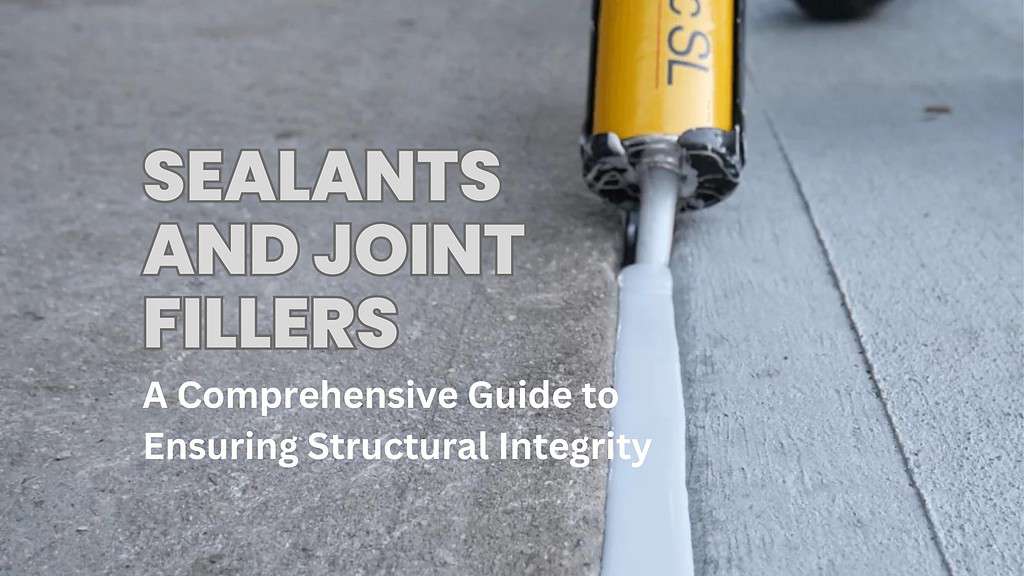Sealants and joint fillers are unsung heroes in construction, playing a crucial role in preserving the integrity and longevity of buildings. In this comprehensive guide, we will navigate through the diverse world of sealants and joint fillers, exploring their types, applications, and the indispensable functions they perform in ensuring robust structures.
Understanding Sealants and Joint Fillers
1. Types of Sealants:
- Silicone Sealants: Known for flexibility and weather resistance, silicone sealants are ideal for expansion joints and areas exposed to extreme conditions.
- Polyurethane Sealants: Offering excellent adhesion and durability, polyurethane sealants are versatile and suitable for various applications.
- Acrylic Sealants: Water-based and easy to apply, acrylic sealants are commonly used for interior applications and general-purpose sealing.
2. Types of Joint Fillers:
- Closed-Cell Backer Rods: These cylindrical foam rods are used to fill joints before applying sealant, providing support and promoting proper sealant depth.
- Polyurea Joint Fillers: Known for their fast cure times and flexibility, polyurea joint fillers are effective in high-traffic areas and heavy-load environments.
- Elastomeric Joint Sealants: These fillers accommodate joint movement, preventing cracks and maintaining a weather-resistant seal.
Applications of Sealants and Joint Fillers
3. Exterior Applications:
- Facade Sealing: Silicone sealants excel in sealing building facades, providing weather resistance and preventing water infiltration.
- Expansion Joints: Polyurethane sealants are commonly used in expansion joints, accommodating movement and preventing structural damage.
4. Interior Applications:
- Floor Joints: Polyurea joint fillers prove invaluable in floor joints, offering quick curing times and durable support in high-traffic areas.
- Window and Door Sealing: Acrylic sealants are popular for interior window and door sealing, providing a flexible and paintable finish.
Benefits of Sealants and Joint Fillers
5. Preventing Water Infiltration:
- Sealants create a watertight barrier, preventing water from seeping into joints and causing structural damage.
6. Maintaining Structural Integrity:
- Joint fillers support proper sealant application, preventing cracks and ensuring long-term structural integrity.
7. Enhancing Aesthetics:
- Sealants and joint fillers contribute to the overall aesthetics of a structure, providing a seamless and finished appearance.
Considerations and Best Practices
- Proper surface preparation is key to the effectiveness of sealants and joint fillers.
- Understanding the specific requirements of each application is crucial for selecting the right type of sealant or joint filler.
Conclusion
In the intricate world of construction, where details matter, sealants and joint fillers emerge as essential elements for maintaining the structural health and aesthetic appeal of buildings. This comprehensive guide serves as a roadmap, helping builders and architects navigate through the myriad choices available, ensuring that the right sealant or joint filler is selected for each unique application. By embracing the significance of these unassuming materials, construction professionals can fortify their projects against the challenges of time and the elements, creating structures that stand resilient and visually appealing for years to come.
Sealants and joint fillers are unsung heroes in construction, playing a crucial role in preserving the integrity and longevity of buildings.






